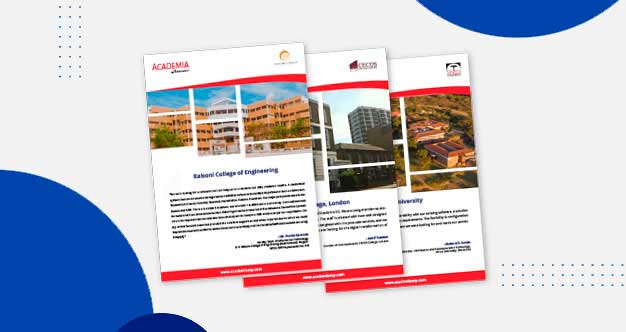Building vs Buying: Deciding on the Ideal Student Information System for Your Institution
Introduction
When considering a student information system (SIS) for your educational institution, one of the critical decisions you’ll face is whether to build a custom solution or purchase an existing one. In this article, we’ll examine the advantages and drawbacks of both options to help you make an informed choice that suits your institution’s needs.
- Custom-Built SIS: Advantages and Disadvantages
Advantages:
- Tailored Solution: Building a custom SIS allows you to create a system that perfectly aligns with your institution’s unique requirements, processes, and goals.
- Complete Control: Developing your SIS provides you with full control over its features, design, and functionality, ensuring it evolves with your institution’s changing needs.
Disadvantages:
- Time-Consuming: Developing a custom SIS can be lengthy, potentially delaying the benefits of implementing such a system.
- High Initial Costs: Building a custom SIS usually requires a significant upfront investment in software development, resources, and personnel.
- Maintenance Responsibilities: With a custom-built SIS, your institution is responsible for ongoing maintenance, updates, and support, which can be resource-intensive.
- Off-the-Shelf SIS: Advantages and Disadvantages
Advantages:
- Faster Implementation: Purchasing an existing SIS allows for quicker implementation, enabling your institution to benefit from its features sooner.
- Lower Initial Costs: Off-the-shelf solutions generally have lower upfront costs than custom-built systems, making them more accessible for budget-conscious institutions.
- Vendor Support: When you purchase an existing SIS, you can rely on the vendor for ongoing support, updates, and maintenance, reducing the burden on your internal team.
Disadvantages:
- Limited Customization: Off-the-shelf solutions may not be as flexible or customizable as custom-built systems, potentially leading to compromises in functionality or alignment with your institution’s unique needs.
- Potential Compatibility Issues: Existing SIS solutions may not integrate seamlessly with your institution’s other software and systems, potentially causing compatibility challenges.
Making the Decision
To decide whether to build or buy an SIS, consider the following factors:
Budget: Assess your institution’s budget constraints and determine which option is more feasible based on upfront and ongoing costs.
Timeline: Consider the time frame for implementation, weighing the urgency of deploying an SIS against the time required for custom development.
Unique Requirements: Evaluate your institution’s specific needs, processes, and goals to determine the level of customization necessary for an SIS solution.
Internal Resources: Examine your institution’s capacity for software development, maintenance, and support, and decide whether building or buying an SIS aligns better with available resources.
Conclusion
Choosing the right student information system for your institution involves carefully considering various factors, including budget, timeline, unique requirements, and internal resources. By weighing the pros and cons of custom-built and off-the shelf solutions, you can make an informed decision that supports your institution’s success and growth.
Related posts:
 Higher Ed Plans
Higher Ed Plans K12 Plans
K12 Plans










